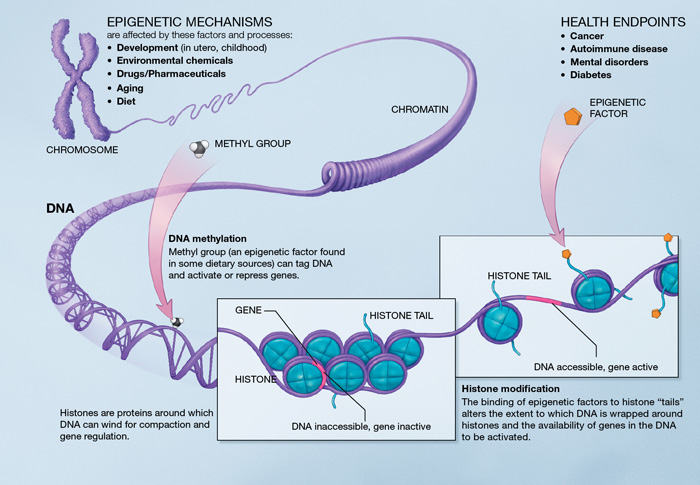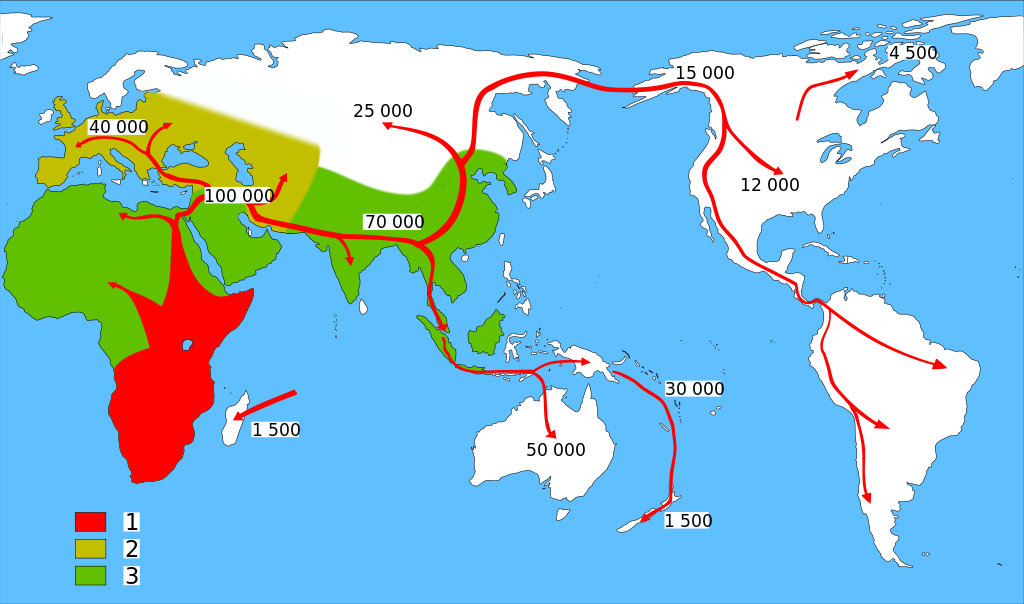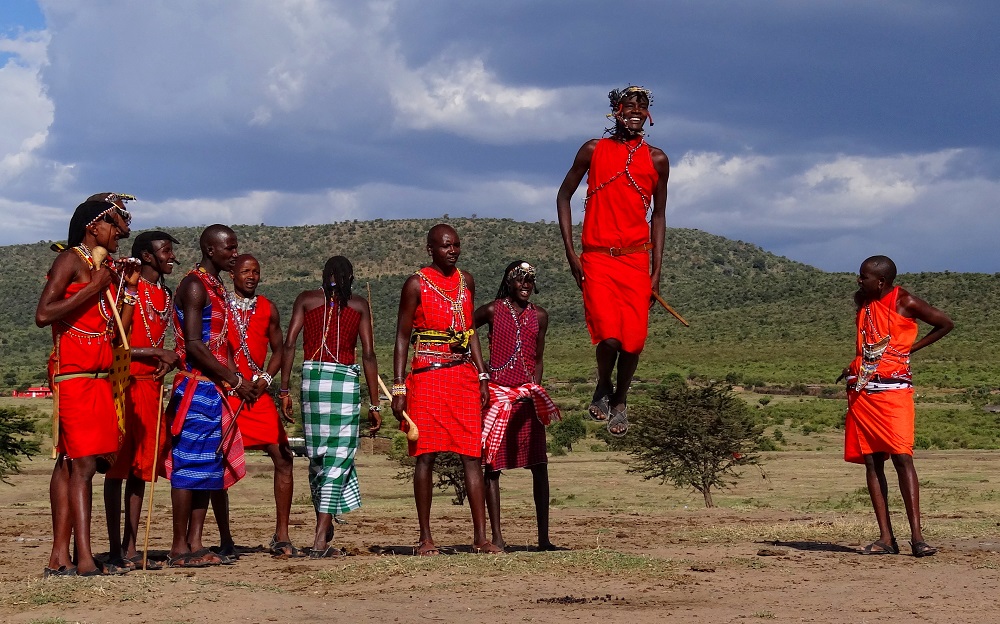What is a Healthy Diet?

Organic Fitness: Have you ever stopped to really think about this question? I often hear people talking about specific foods being healthy or unhealthy, but how do we define which foods are “good” for us and which aren’t, and how do we know if a specific diet is healthy or not?
While some people might say that a healthy diet is a diet that provides an “adequate” supply of the essential nutrients, I don’t feel that this definition is very good. First of all, it’s difficult to define what an adequate amount really is, and even if we manage to determine how much we “need” of certain food components, those values don’t necessarily reflect the optimal intake. Second, nutrition is about so much more than just getting the necessary nutrients we need to survive!
I feel it’s time to look beyond the tired old discussion of fats and carbohydrates and vitamins and really establish the foundation of what human nutrition is all about. This goes back to the approach I outlined in my post on the pyramid concept, a way of thinking that is based on the idea that all good hypotheses and conclusions have to be rooted in a robust underlying structure. Just like jumping in with specific hypotheses of obesity is premature if we don’t have a solid foundation to build our ideas upon, we can’t really understand human nutrition without having first established the basics. In this post I’m not going to outline the specific components of a healthy diet, as this is something I’ve written a lot about in the past. Instead I’m going to try to establish the fundamental facts. Diet is among the most controversial topics out there, and everyone seems to have an opinion about what a healthy diet looks like; but at the most basic level, what is really a healthy diet?
Genetic adaptations to diet
The human genome

Diet has a siginficant impact on epigenetic processes. Creative Commons picture
In terms of our actual genetic material, genetic adaptations to diet, such as lactase persistence, are selected for over many generations on a population-wide basis. In other words, our human genome adapts slowly to major dietary shifts, such as the ones that came with the neolithic revolution. This is the basis of the paleo diet, a way of eating that builds on the idea that “the introduction of agriculture and animal husbandry ≈10000 y ago occurred too recently on an evolutionary time scale for the human genome to adjust” (1).
However, in my post on epigenetics I explained how environment and lifestyle impact gene expression, meaning that although the actual DNA stays the same throughout our life, we are able to affect which genes are turned “on” and which are turned “off”. Diet has a significant impact on these epigenetic switches, and this epigenome could therefore be thought of as the bridge between the food we eat and our DNA. If we change our diet, the epigenome will adapt by upregulating certain genes and downregulating others (2,3,4).
The human microbiome
Besides the human genome, we have trillions of microorganisms “in” and on our body that help us adjust to environmental shifts. As we’re now learning more about this second genome, we’re starting to understand that humans are much more adaptable than what was previously thought. If we use the example of lactose digestibility, it’s clear that even if the human host doesn’t produce the lactase enzyme, studies show that consumption of lactose-digesting probiotics alleviates symptoms of lactose intolerance (5,6,7). In other words, the gut microbiome – the collective genomes of all the microbes that live in the gastrointestinal tract – can quickly adapt and provide many of the enzymes we need to digest our food.
However, the caveat is that we need to have the right types of bacteria – and their DNA – in order to adapt to dietary shifts. If we use lactose intolerance as an example, it’s clear that if we don’t harbor bacteria with lactose digesting capabilities, naturally the gut biome won’t be able to break down lactose. This goes for many other components in food that are hard for the human host to digest, such as phytic acid, gluten peptides, and lectins.
Only some types of gut microbes have the genetic material needed to degrade these food components, and if they aren’t present, the gut biome will not help us out. And this is where some of the problem with the modern diet and lifestyle lies. Modern hygiene, widespread use of antibiotics, processed “clean” diets, and many other factors associated with the western lifestyle perturb the microbial communities in our body and wipe out key species, and it’s therefore no surprise that the “westernized” microbiome is far less diverse than the microbiome of hunter-gatherers and rural populations (8,9).
Genetic adaptations can explain why humans can thrive on a wide range of diets
Paleolithic diets

Human migration. 1. Homo sapiens 2. Neanderthals 3. Early Hominids. Creative Commons picture
The genetic capabilities discussed in the section above can help us understand how we evolved into humans and eventually migrated out of Africa about 100.000 years ago and adapted to new environments characterized by vastly different nutrient availability. Some of our ancient ancestors travelled into areas with little access to edible plants and therefore ended up with a diet based primarily on animal source food, while others settled down in regions of the world where fruits and vegetables are plentiful. However, if there’s one thing we know about hunter-gatherer diets, it is that they all contain some type of animal source food (10). This is only natural, as animal products contain certain vitamins (e.g., B12) that we can’t get from plants; meaning that vegetarianism is a behaviour that would have been weeded out by selective processes.
It’s also important to note that the introduction of meat into the human diet plays a very important role in our evolutionary history, as the consumption of nutrient rich and calorie-dense animal food is what made it possible for our species to develop such big brains. You see, compared to other organs in the body, the brain requires a lot of energy. In an ancestral natural environment it is almost impossible to fuel this large brain on a vegetarian paleolithic diet, and it’s therefore no surprise that all hunter-gatherer tribes eat/ate some type of animal source food rich in fats.

The beautiful Maasai people thrive on a high-fat diet that primarily consists of meat, milk, and blood. Creative Commons picture
In more contemporary times, the fact that humans can thrive in a wide range of different environments can be seen when we study isolated human societies. We know that some non-westernized populations, such as The Maasai and The Inuit, were extremely healthy on a high-fat diet, while other indigenous people, such as The Kitavans on the Island of Kitava and The New Guinea Highland Tribe at Tukisenta, were/are virtually free from diseases of civilization when eating a high-carbohydrate ancestral-type diet. This is the way humans have evolved for most of our evolutionary history; dietary patterns varied depending on climate, topography, and other environmental conditions.
In terms of diet composition, estimates show that “whenever and wherever it was ecologically possible, hunter-gatherers consumed high amounts (45–65% of energy) of animal food. Most (73%) of the worldwide hunter-gatherer societies derived >50% (≥56–65% of energy) of their subsistence from animal foods, whereas only 14% of these societies derived >50% (≥56–65% of energy) of their subsistence from gathered plant foods. This high reliance on animal-based foods coupled with the relatively low carbohydrate content of wild plant foods produces universally characteristic macronutrient consumption ratios in which protein is elevated (19–35% of energy) at the expense of carbohydrates (22–40% of energy)” (10).
The agricultural and industrial revolution
Okay, but what if we turn our focus away from paleolithic tribes and contemporary non-westernized societies eating ancestral diets and shift our attention towards the changes that have occurred since the agricultural revolution (10000 years before present). If we look beyond the introduction of meat in the human diet, the two major dietary shifts came with the agricultural revolution, characterized by the introduction of grains, dairy, and legumes (were probably also consumed in the paleolithic in smaller amounts) in the human diet, and the industrial revolution, characterized by the introduction of refined vegetable oils, refined grain products, and sugar-laden junk food. While our ancient ancestors had to subside on food that was available in their particular ecological niche, most people in the world today have access to food from all over the world. While this huge variety of foodstuff certainly has its upsides, there are also several downsides to this globalization, such as the suppression of locally produced food.
While everyone agrees that most of the modern processed food shouldn’t be a major part of a healthy diet, there is more controversy regarding foods that came with the neolithic era. I’ve previously discussed this topic so I’m not going to delve into that here, other than to say that there’s little evidence to suggest that some types of legumes and dairy products can’t be a part of a healthy diet.
One of the things I think is strange is that most people in the modern world talk about the grain-based, low-fat diet recommended by official health authorities as the normal/natural way of eating, while all other dietary patterns (e.g., low carb, paleo) are alternative diets. However, it’s clear that if we look at human evolution as a whole, the ancestral diet is in many ways the “default” diet (not to say that you have to eat a pure paleo diet), while modern diets are the deviation.
So, what does all of this really tell us? While this historical perspective on diet doesn’t really provide any firm conclusions as to how we should eat, it does provide a general framework we can combine with modern science in order to understand human nutrition.
Nutrition in a broader perspective
For me, eating has always been about something more than fueling our bodies. For me, nutrition is about the evolutionary pressures that shaped our species, the dirty plants you – or your ancient ancestors – rip/ripped up from the ground, and the microbes and genes that somehow interact with the food we eat. This might sound like a naturalistic or alternative approach to diet, but if we really think about, nutrition is so much more than just providing energy to our cells.
Hunter-gatherers and primitive populations understood the value of food, as they were in so close contact with the animals they killed and the plants they gathered. For them, food wasn’t just something you picked up at the shelf in the supermarket, it was an extremely important part of life. However, in the modern world we’ve completely distanced ourselves from the ecosystems in nature that provide the nutrients we put in our mouth; we’ve lost contact with our food.
In general, if we look at human nutrition through the lens of evolution it becomes clear that focusing on macronutrient and micronutrient intake is a simplistic view on diet. To really be able to make sense of human nutrition, we have to put less emphasis on vitamins, minerals, carbohydrate vs. fat, etc. and instead focus more on diet and health in a broader perspective. This means understanding the role of nutrition as a selective pressure and focusing more on diet quality, food production and processing, and nutrition and gene expression.
What does this mean?
Compared to most other animals on the planet, humans are extremely adaptable. Selective processes have shaped our species and selected for traits that confer an advantage in various environments around the world. In other words, the human ecological niche is very broad. This is something that is often forgotten in the discussion of human nutrition.
However, this clearly doesn’t mean that all diets are the same. To find a good fundamental definition of a healthy diet we should look at the very thing that makes us who we are, DNA. Since DNA is the molecule that encodes the genetic instructions used in the development and functioning of our body, focusing on the interaction between our genomes and our environment is the natural approach when trying to define what a healthy diet really is.
Being genetically capable of digesting and metabolizing a food is not enough. we want to eat a diet that turns the “good” genes on and the “bad” genes off. Basically, what we’ve learned during the last several decades is that although we can’t change our human DNA, environment has a significant impact on how we express our genes. Also, studies on the second genome in our body – the human microbiome – have revealed that most of our genes are actually microbial.
Diet has a significant impact on gene expression (both genomes), and it also affects the types of bacteria/DNA that make up our microbiome (11,12,13,14,15,16). By choosing the right types of food we can turn on the genes that positively impact physiology and health. Basically, we want to eat a diet that promotes a “normal” phenotype.
A healthy diet is a diet that optimizes gene expression!
General characteristics of a healthy diet
So, I guess you’re asking yourself, how does such a diet look like? Although humans are able to adapt to a wide range of dietary patterns, that clearly doesn’t mean that all diets are the same. I’ve previously written extensively about the components of a healthy diet so I’m not going to delve into the specifics here. However, here are some general characteristics:
- Eat predominantly “real”, whole food.
- Meat, seafood, eggs, vegetables, fruits, berries, nuts, dairy (preferably raw, fermented, and full-fat), and legumes should make up the basis of your diet. Don’t eat a lot of grains (e.g., poor micronutrient profile, low levels of high quality protein, high carbohydrate content, and many antinutritional compounds) unless you have the time to traditionally prepare them (e.g., fermentation).
- Protein >15%, carbohydrate <40%. You can certainly be healthy on a diet that contains less protein and/or more carbohydrate than this, but it’s rarely optimal. Even the most hard training endurance athlete need much more than 40% carbohydrate in their diet. Also, from a practical standpoint, if you’re getting most of your carbohydrate from fruits, tubers, legumes, vegetables, and nuts (which you probably should), as opposed to grains, it’s pretty hard to get above 35-40% carbohydrate unless you’re stuffing yourself with tubers and potatoes all day long.
- Eat some type of traditionally fermented food.
- Choose locally produced, grass-fed, and/or organic when possible.
- Make sure you’re getting plenty of fermentable substrates (e.g., onions, leeks, green bananas, potato starch) in your diet.
- Regularly eat fatty fish, organ meats, or other foods high in omega-3 and/or vitamin D.
- Drink high quality water.